Advanced Healthcare Materials papers you have downloaded and read the most last month.
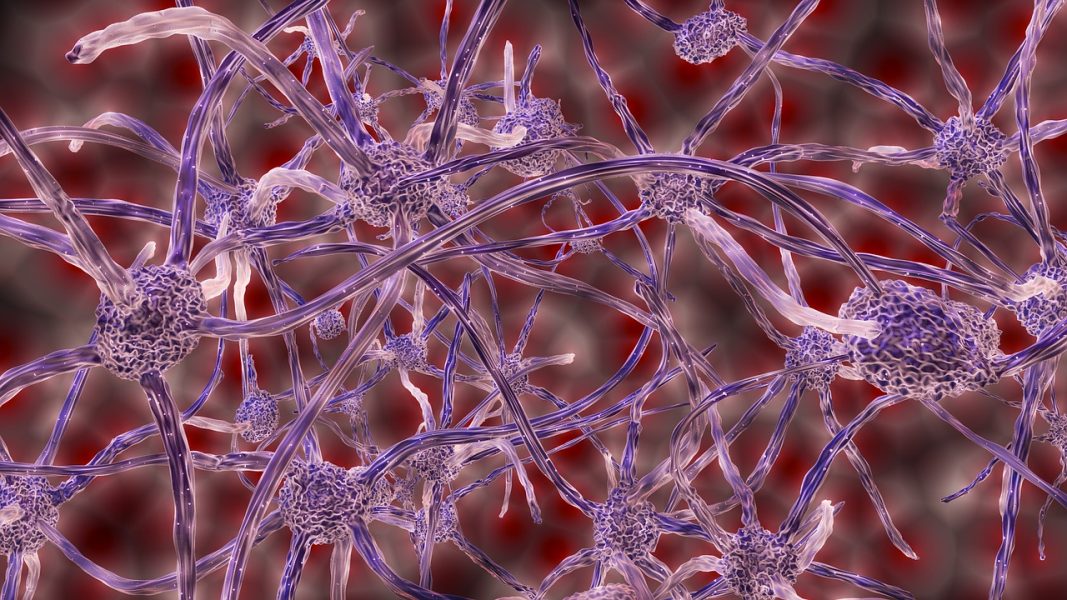

Advanced Healthcare Materials papers you have downloaded and read the most last month.
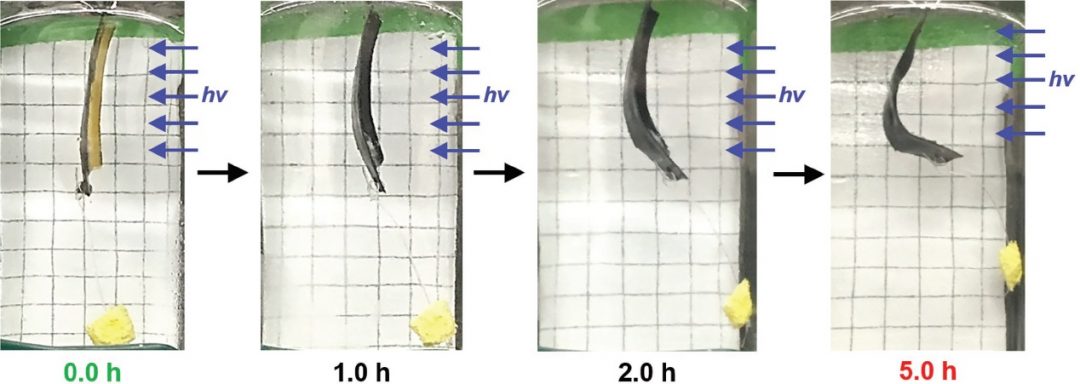
A photoinduced redox reaction is used to cause the contraction of an artificial hydrogel muscle, leading to macroscale actuation and measurable work.
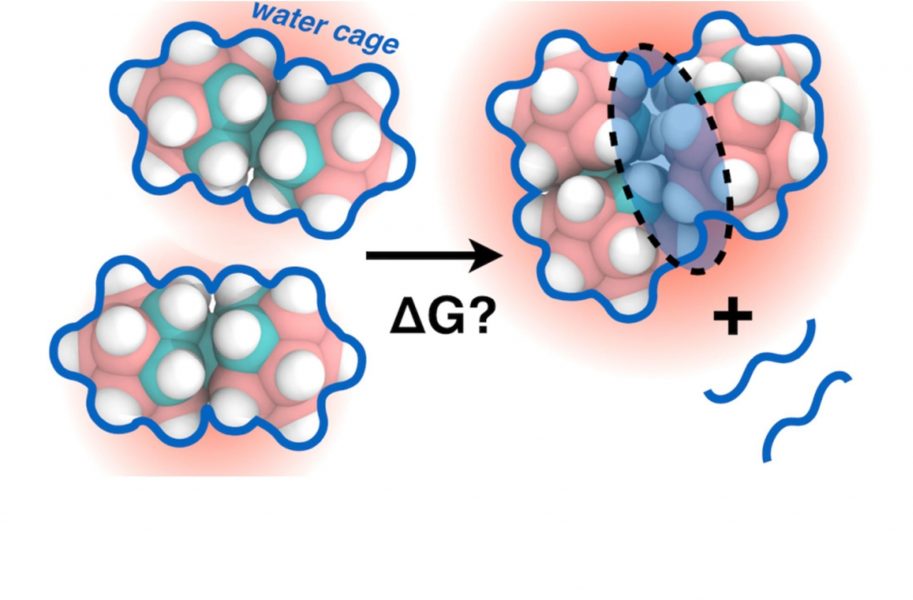
A molecular view of non-classical micellization is provided by researchers from Sweden, Russia and the Czech Republic.
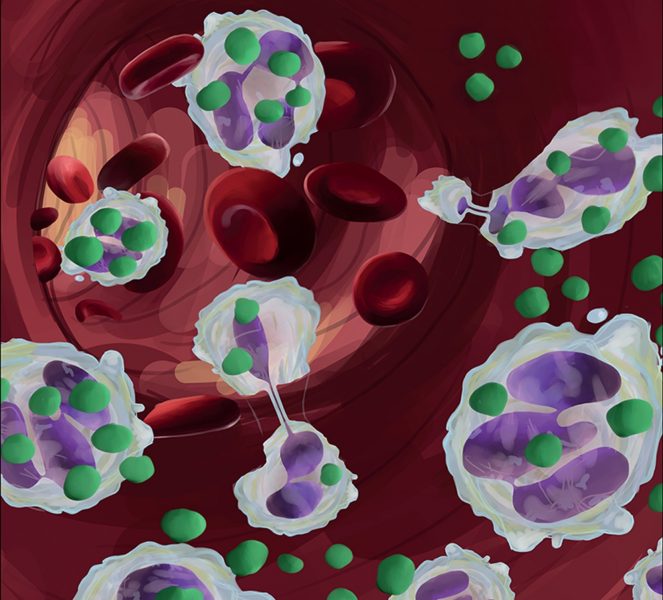
Latest Advanced Healthcare Materials covers.
![High-Performance Hybrid Capacitors for Aqueous Electrochemical Energy Storage [Video]](https://www.advancedsciencenews.com/wp-content/uploads/2018/02/aenm201702895_ASN_image2.png)
Researchers from Korea Advanced Institute of Science and Technology (KAIST) introduce an aqueous electrochemical energy storage system based on a polyaniline/rGO anode and NiO/rGO cathode. The system demonstrates ultrafast charging of a flexible wearable kit and light-emitting diode.

Clinical translation of stem cell therapies requires clear definition and characterization of the cell populations, especially in a biologically diverse group of non-human mammalian species.

Repeatedly bringing a leaf into contact with a plastic sheet makes a useful electic current, which can be used to power various electronic devices.
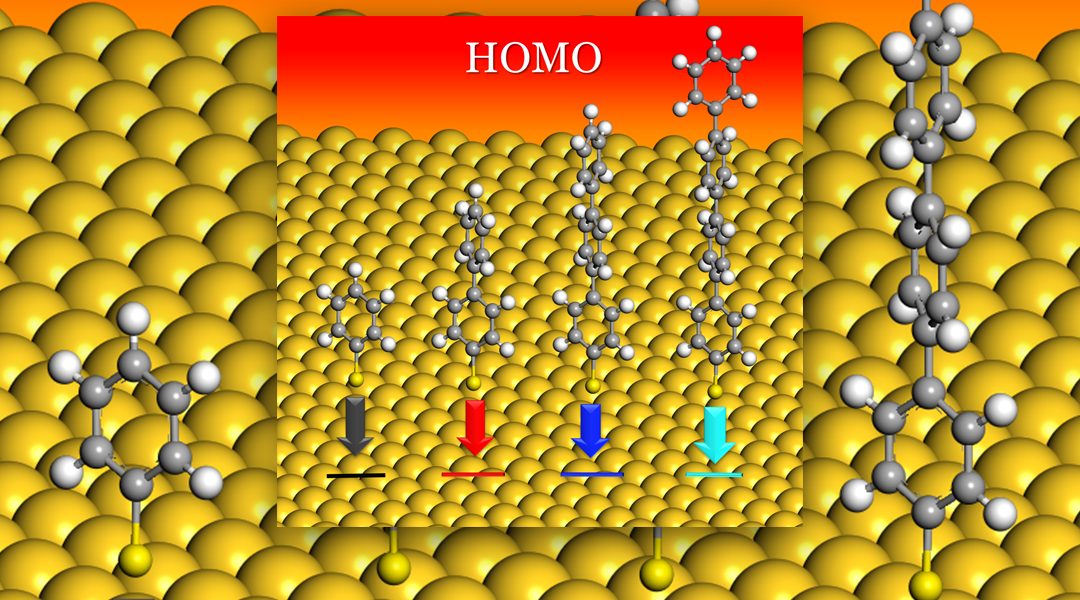
New information about molecular electronics is revealed after conducting DFT simulations.
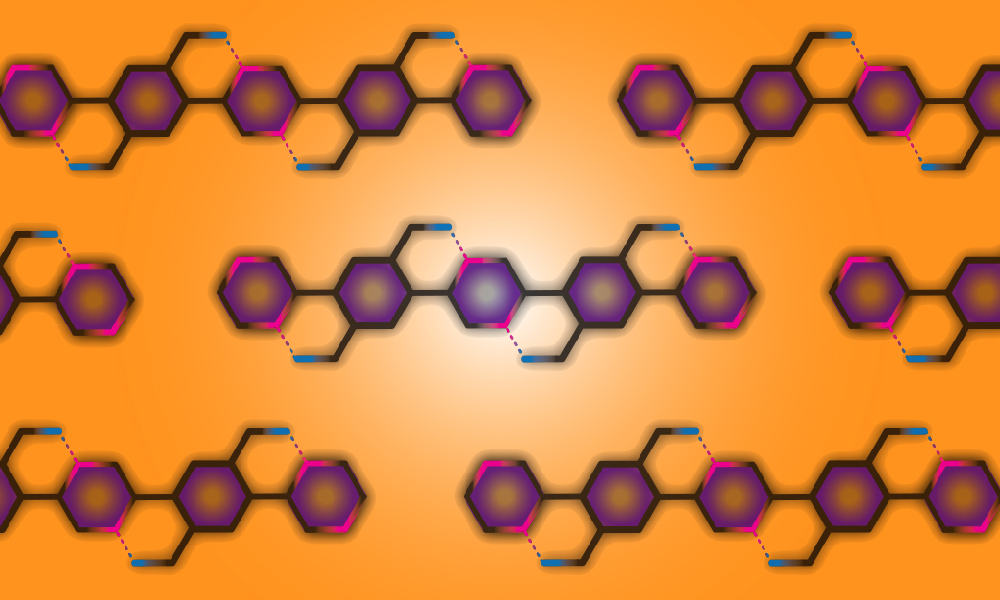
Prof. Lei Fang reviews how co-planar conformation in π-conjugated systems can be locked by using dynamic noncovalent bonds.

Submit your abstract for NANO2018 conference at City University of Hong Kong by 28 February 2018.